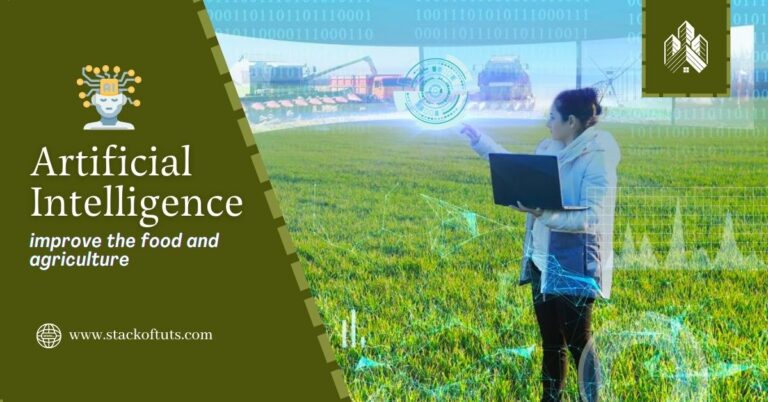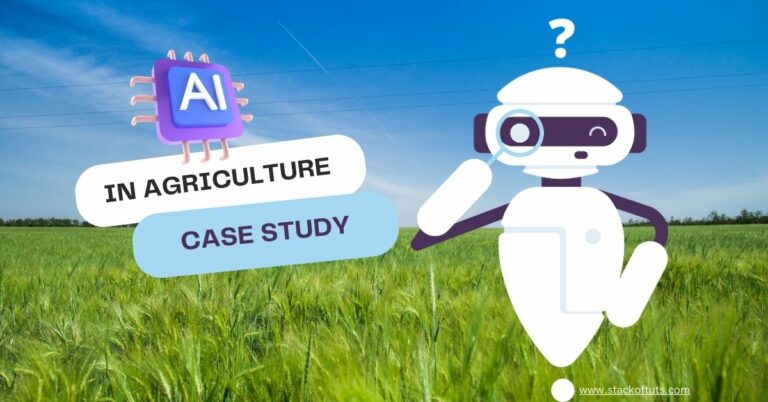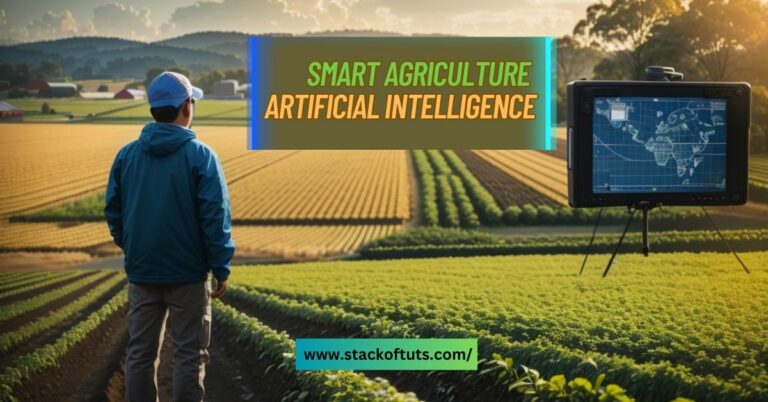
The agriculture sector has always been on the lookout for innovative ways to enhance crop yield and productivity. With the advent of modern technologies, one method that has gained significant traction is “crop and soil monitoring using AI“. Artificial intelligence (AI) offers a myriad of benefits for the agricultural realm, especially when it comes to monitoring the health of crops and the quality of soil. Let’s delve deep into how crop and soil monitoring using AI is carried out and its pivotal role in transforming modern farming.
For a complete guide also read about Artificial intelligence used in Agriculture dive into this link for exclusive insights and captivating discoveries!
Introduction to Crop and Soil Monitoring Using AI
Agriculture has historically served as the foundation of many economies. There is a constant need for effective agricultural methods due to growing populations and rising food needs. Choose “crop and soil monitoring using AI”. Utilizing data, sensors, and intelligent algorithms, this use of AI technology in agriculture aims to improve soil health and crop health.
Using a variety of AI-powered tools and strategies to collect data on crops and soil is the essence of crop and soil monitoring. These data are then examined to offer farmers practical insights that will boost crop productivity and soil conservation.
Steps in Crop and Soil Monitoring Using AI

- Data Collection:
- Sensors and drones: These are used to collect data from the fields. Drones can scan large areas, capturing images in different spectrums, while sensors placed in the soil can provide continuous readings about soil moisture, temperature, and nutrient levels.
- Data Processing and Analysis:
- Cloud Computing: The collected data is sent to cloud servers, where AI algorithms process it. This allows for the efficient handling of vast amounts of data and provides real-time analysis.
- Machine Learning Models: These models identify patterns and anomalies in the data. For instance, they can spot signs of pests, diseases, or nutrient deficiencies in crops and provide recommendations for action.
- Predictive Analytics:
- Forecasting: AI can predict future problems or requirements based on historical and current data. For instance, it can forecast when a particular crop might need water and nutrients or when it might be at risk of a disease outbreak.
- Actionable Recommendations:
- Smart Alerts: Farmers receive timely alerts on their devices about any immediate actions required, such as watering the crops or treating them for diseases.
- Optimized Farming Techniques: Based on the analysis, AI can suggest optimized planting patterns, irrigation methods, and harvesting times.
- Continuous monitoring and feedback:
- Iterative Learning: As more data is fed into the system, AI algorithms learn and adapt, ensuring that the recommendations become more accurate over time. This continuous learning loop ensures that farming techniques are constantly evolving and improving.
Also read: Advantages of artificial intelligence in agriculture
Top AI Tools for Superior Crop and Soil Monitoring
FarmShots

FarmShots stands as a digital hub, harnessing satellite-derived visuals and AI algorithms to offer in-depth insights about agricultural land. This tool aids in monitoring crop evolution, detecting pests, and forecasting potential yields.
PrecisionHawk

PrecisionHawk takes to the skies, leveraging drone-captured imagery infused with AI to guide farmers through the nuances of their land. It specializes in pinpointing pest invasions, following crop milestones, and evaluating the vitality of the soil.
Taranis

Operating on a cloud framework, Taranis employs AI to dissect aerial photos, highlighting potential threats like pests, diseases, or nutritional shortages in crops. Beyond diagnostics, it projects yield outcomes and advises on enhancing farming strategies.
CropIn

CropIn presents itself as a digital ally for farmers, offering an ensemble of tools that span crop surveillance and soil analysis. Key features embrace AI-backed image scrutiny, climatic prognostications, and crop yield approximations.
Farmers Edge

Delving deep into the digital age, Farmers Edge equips farmers with an integrated toolset for meticulous crop and soil observation. Its suite is enriched with AI-enabled image decoding, atmospheric trend predictions, and intricate soil profiling.
The Transformative Impact of Crop and Soil Monitoring Using AI
Utilizing AI for crop and soil surveillance undoubtedly holds the promise of elevating modern agriculture. Agriculture professionals can always find the best conditions for their crops to grow and keep the soil healthy by using accurate data collection, thorough evaluations, and instant alerts. This approach not only propels yield outcomes but also champions eco-friendly farming methods.
FAQs
AI enhances agricultural productivity by providing real-time insights into crop health and soil conditions, leading to improved yields and sustainable practices.
Data is collected using drones for aerial imaging and soil sensors for ground conditions, then transmitted to cloud servers for analysis.
Drones focus on crops and soil, but farmers must adhere to local regulations to avoid potential privacy concerns.
While AI offers data-driven recommendations, human expertise in agriculture remains essential for final decision-making.
Conclusion
In conclusion, the application of AI to agriculture, in particular, “crop and soil monitoring using AI”, holds the promise of a day when food production will increase and resources will be used as effectively as possible. Opportunities to increase farming’s productivity, sustainability, and resilience will expand as technology develops further.
Thanks!





